Kasai surgery – reestablishing bile flow from the liver to the duodenum is the standard treatment. However, this is only a temporary solution. According to statistics, about 60-80% of children still need liver transplants after surgery due to continued liver fibrosis, impaired liver function and the appearance of serious complications such as increased portal vein pressure, gastrointestinal bleeding, and biliary tract infection. In Vietnam, liver transplants are difficult due to the lack of organ donors and high treatment costs, making this technique inaccessible to many children.
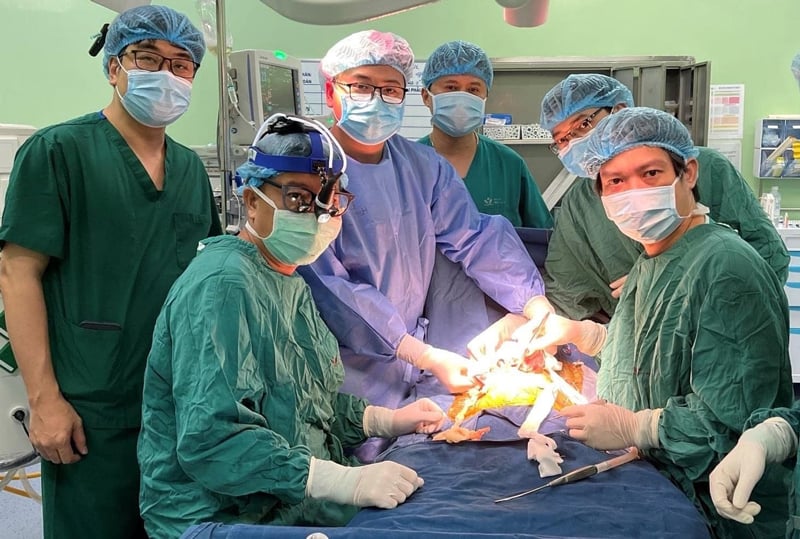
Autologous bone marrow stem cell transplantation supports the treatment of congenital biliary atresia
Faced with that reality, the National Children's Hospital has launched a state-level study "Application of autologous bone marrow stem cells to support the treatment of congenital biliary atresia in children" (code DTĐL.CN-16/21), opening a breakthrough direction in regenerative medicine. This therapy aims to improve liver function, reduce chronic complications, prolong life with natural liver and improve the quality of life for children, while reducing the burden of treatment costs for families and society.
The research topic has built and completed three standard processes, including: isolation and preservation of autologous bone marrow stem cells; use of stem cells in the treatment of congenital biliary atresia; handling complications arising from stem cell therapy. These processes are clearly presented, ensure safety, and can be applied at many other medical facilities while still maintaining treatment effectiveness.
The study was conducted on a group of patients with congenital biliary atresia who underwent Kasai surgery, combining the use of autologous bone marrow stem cells during surgery. Post-treatment follow-up showed that this therapy significantly improved bile drainage, reduced the rate of biliary tract infection, limited early liver failure and prolonged survival with natural liver compared to the group of patients who only underwent surgery. This opens up new prospects in the treatment of hepatobiliary diseases in children, especially those who cannot access liver transplantation.
Using stem cells in the treatment of liver disease is in line with the development of modern medicine. International studies have demonstrated that stem cells have the ability to: replace damaged liver cells; restructure the liver microenvironment; resist fibrosis and inflammation; stimulate liver regeneration, cell proliferation; promote the formation of new blood vessels, improve circulation and liver function. When combined with Kasai surgery, stem cell therapy not only helps improve symptoms but also supports long-term liver function recovery.
During the 2020-2025 period, the research has fully implemented all stages from early diagnosis, stem cell isolation and preservation, to the use of stem cell techniques in treatment. The research team also developed guidelines for complication management, ensuring safe, effective treatment methods that are suitable for practical conditions in Vietnam.
In particular, autologous bone marrow stem cell therapy is affordable, can be implemented in many medical facilities, and rarely has immune reactions, facilitating its application in the treatment of other chronic liver diseases, both in children and adults. This is an important step forward in the development of regenerative medicine, while improving the research and intensive treatment capacity of the Vietnamese medical team in the fields of hepatobiliary, stem cells, and vascular intervention.
The success of the research not only has scientific significance but also has profound humanitarian value. The application of autologous bone marrow stem cell therapy helps children with congenital biliary atresia have the opportunity to improve their quality of life, reduce the need for liver transplantation, prolong survival time with natural liver, and open up hope for children with other complex hepatobiliary diseases.
The research team hopes that, with the continuous development of regenerative medicine and stem cell therapy, Vietnam will soon widely deploy this advanced treatment method, contributing to improving the position of Vietnamese medicine on the regional and world science map, while bringing hope of life to many unfortunate children suffering from dangerous liver and biliary diseases.
Source: https://mst.gov.vn/hy-vong-moi-cho-tre-mac-benh-ly-gan-mat-nho-lieu-phap-te-bao-goc-tuy-xuong-tu-than-197251120170510978.htm



![[Photo] Lam Dong: Panoramic view of Lien Khuong waterfall rolling like never before](/_next/image?url=https%3A%2F%2Fvphoto.vietnam.vn%2Fthumb%2F1200x675%2Fvietnam%2Fresource%2FIMAGE%2F2025%2F11%2F20%2F1763633331783_lk7-jpg.webp&w=3840&q=75)
![[Photo] National Assembly Chairman Tran Thanh Man holds talks with South Korean National Assembly Chairman Woo Won Shik](/_next/image?url=https%3A%2F%2Fvphoto.vietnam.vn%2Fthumb%2F1200x675%2Fvietnam%2Fresource%2FIMAGE%2F2025%2F11%2F20%2F1763629724919_hq-5175-jpg.webp&w=3840&q=75)

![[Photo] President Luong Cuong receives President of the Senate of the Czech Republic Milos Vystrcil](/_next/image?url=https%3A%2F%2Fvphoto.vietnam.vn%2Fthumb%2F1200x675%2Fvietnam%2Fresource%2FIMAGE%2F2025%2F11%2F20%2F1763629737266_ndo_br_1-jpg.webp&w=3840&q=75)

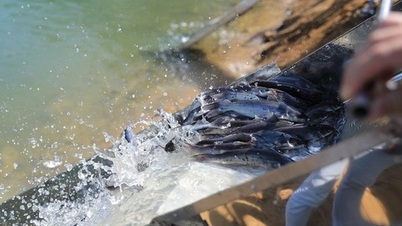











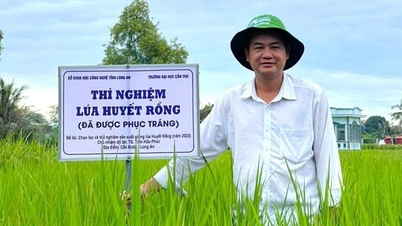
















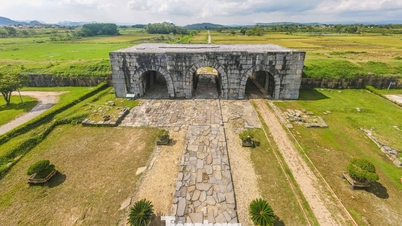

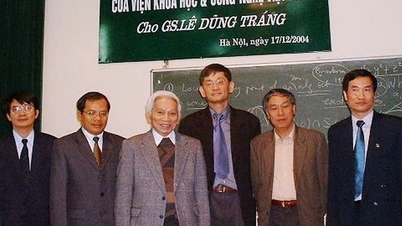




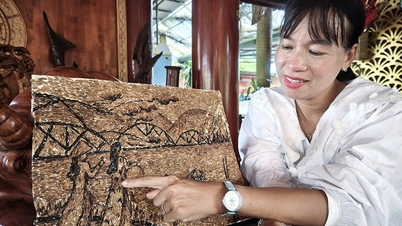

























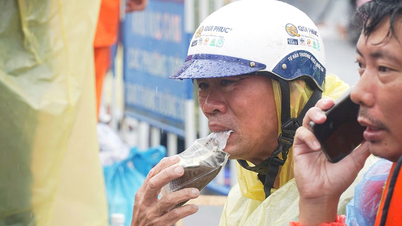
































Comment (0)